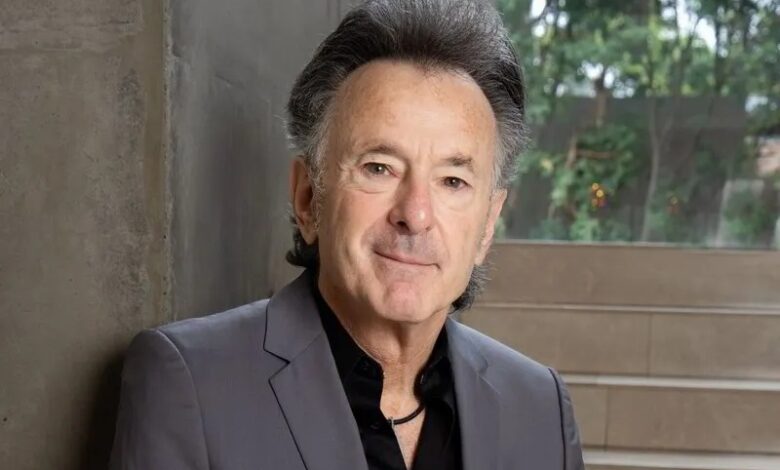
SA Entrepreneur Clive Butkow Shares How Start-Ups Can Secure Venture Capital. Co-founder and Managing Partner of Conducive Capital Clive Butkow understands that the process of securing venture capital is far from the scripted drama depicted on television. His company’s approach is grounded in what he terms “the five Ts”, a comprehensive framework designed to evaluate entrepreneurs and their ventures with depth and rigour.
1. The Team
A successful start-up needs the right team, but what does that look like? First, it’s important to differentiate between a founder and an entrepreneur. Not every founder is an entrepreneur – if you’re a carpenter who starts a carpentry business, you don’t necessarily have the business skills required to build and grow a carpentry business. VCs prefer more than one founder, because it’s really difficult to build a business and do it by yourself. So, if they look at the founding team, they want to see someone with strong commercial skills, the hustler, who can sell the stuff and someone with the engineering skills, the hacker, someone who can build the technology and really understands it.
2. The Technology
The technology must be innovative to the extent that it is disrupting an industry. VCs don’t invest in something that is only slightly better than other products in the marketplace – they are looking for tech that is 10 times better than anything else, and which is sustainable over the long-haul.
3. The Total Addressable Market (TAM)
The businesses that VCs fund don’t address the needs of niche markets, which consist of a couple of hundred or a couple of thousand customers. They like to start out with what they call a beachhead market – which could be a smaller segment with the possibility of growing into adjacent segments and geographies with results in a large target addressable market with many thousands of customers. Once the company dominates their beachhead market and achieved product market fit, they scale the business to new customer segments.
4. The Traction
VCs are not angel investor where you might just have a product or service you want to offer, and you have no customers. They want to see that you have customers already; that clients absolutely love the product, they are obsessed about the product and are prepared to pay a fair market price for the product. The second thing about traction is that because they’re a growth investor, they want to see double digit growth, month on month. They also want to see that there’s a path to profitability, because in the old days, it was just growth at all costs – you don’t really care about the bottom line, only the top line.
5. The Trenches
Let’s assume you have a technology that’s 18 months ahead of the competition, you have a “Moat around the castle”. This could be a feature of your technology, it could be the entire technology stack, it could also be some strategic/distribution partnerships, even certain customers who’s cost to switch would be very high– in other words, it’s defensible against the competition. But you have to recognize that the competitors will also be innovating to catch up and the startup must be able to keep innovating and stay 18 months ahead of the competition. The top founders know their competition cold. They don’t mock the competition or, say they don’t exist, or not acknowledge their strengths. They know where they are strong, and where the others are strong.




